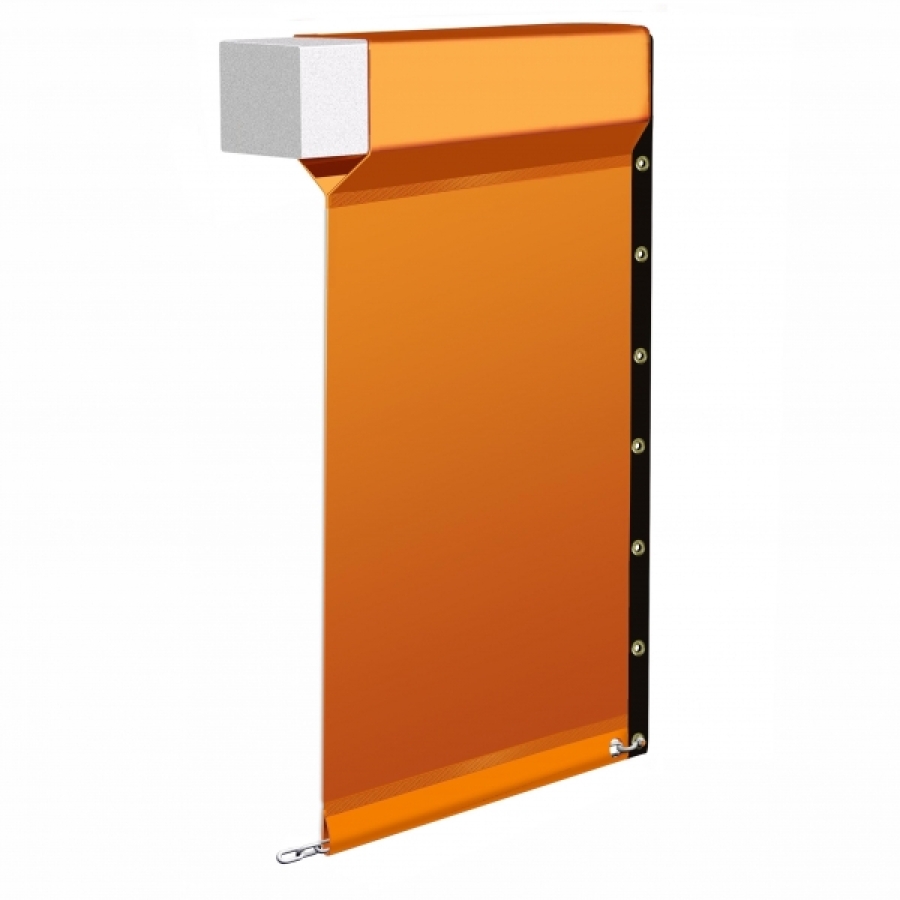
Turbidity Curtain Information
Turbidity Curtains are floating barriers that are used in marine construction and dredging projects to control the dispersion of silt and sediment suspended during commercial activities. Turbidity Curtains are also known as silt curtains or silt screens. Turbidity curtains can be used to ensure compliance and protect the environment. They also aid in the operation of pumps, and other equipment, and help to maintain project safety. The Turbidity Curtains manufactured by Texas Boom Company comply with the Clean Water Act. Multiple silt curtains can be placed in parallel to improve the control of silt and runoff. Texas Boom Company can provide a wide range of skirt thicknesses and fabric weights to suit your project requirements. Permeable and impermeable skirts can be ordered upon request. Turbidity Curtain types I, II, and III are recommended respectively for slow, medium, and fast-moving water.
There are many options available for customizing your silt curtain according to your specific needs. Our turbidity curtain specialists can help you design a barrier that meets your needs. Texas Boom Company will help you find the right solution for your project. There are several different types of Turbidity Curtains. Type I turbidity curtains, also known as silt curtains and Type 1, are designed to reduce sediment runoff in calm waters. These turbidity curtains use foam-filled floats (also known as Freeboards) and skirts that range from 3 to 20 feet in height. These floating silt curtains prevent the water from absorbing any silt or sediment. Type I turbidity curtains can be used in calm waters that are protected from wind exposure. They are suitable for use in lakes, canals or streams with little wind exposure. Type 1 silt curtains, which are lighter-weight fabric and do not require aluminum connectors, are the most cost-effective.
Type II turbidity curtains, also known as silt curtains and Type 2, are designed to reduce sediment runoff in slow-moving waters. These turbidity curtains use foam-filled floats (also known as Freeboards) and skirts that range from 5 to 50 feet in height. These floating silt curtains prevent the water from absorbing any silt or sediment. Type II turbidity curtains can be used in slow-moving waters like lakes, streams, canals, and slow-moving rivers. Type 2 silt curtains feature aluminum end connectors and grommets with reinforced side seams. Type III turbidity curtains, also known as silt curtains and Type 3 curtains, are designed to reduce sediment and runoff in moving water and moderate wind and wave conditions. These turbidity curtains use foam-filled floats (also known as Freeboards) and skirts that range from 5 to 50 feet in height. These floating silt curtains prevent the flow of sediment or silt that might be suspended in the water. Type III turbidity curtains can be used in moving water bodies such as rivers, bays, and harbors. Type 3 silt curtains use aluminum end connectors and grommets with reinforced side seams. Connector plates are attached using toggle pins, while grommets can be joined with rope, nuts & bolts, or strong zipties. If you require any type of Turbidity Curtain, Texas Boom Company is the place for you.






